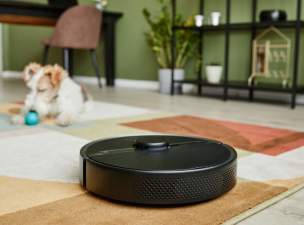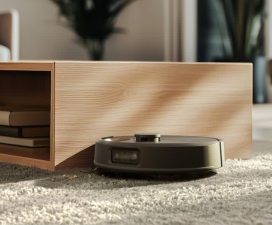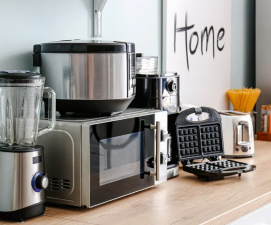Are Robot Vacuums Worth the Hype?
Ever since robot vacuums first appeared on the scene, controversy has persisted, and it's been polarized.
Those who say they're useful are overwhelmed by their ease of use; those who say they're not are often seen as useless, often put away in a corner after barely using them twice.

Looking at the development of robot vacuums, we can say they've gone through three stages:
- Random cleaning: relying on ultrasonic detection for basic obstacle avoidance;
- Planned cleaning: using a gyroscope + accelerometer, or inertial navigation;
- Navigation and mapping: using SLAM technology, which can be categorized as LDS SLAM and VSLAM depending on the sensor.
From a single sweeping function to today's sweeping, vacuuming, mopping, automatic mopping, and automatic wastewater disposal, we can see that the technology is becoming increasingly sophisticated, but different brands have different focuses. Why are robot vacuums controversial?

If such a good product is still controversial, why is there such a strong polarization?
- Poor cleaning performance
When I first started using a robot vacuum, I found that the sweeping and vacuuming functions were quite good, but the mopping function was not very practical, and the performance was significantly different from mopping with a cloth.
This is because these robot vacuums tend to overflow when mopping, leaving heavy water stains on the floor. Furthermore, they have difficulty removing stubborn stains.
In fact, even solidified soy sauce or other oily stains on the floor are difficult to completely remove with a robot vacuum.
So, the mopping performance of robot vacuums is mediocre, or even poor.
After mopping, when holding the floor up to the light from the side, the mopping marks left by the robot vacuum are very uneven, with some areas not even mopped thoroughly.
This is also related to the fit of the mop head, so the mopping function may not be very practical.
- Lack of Intelligence
Robot vacuums are touted as smart home devices, but many are far from being "smart."
Earlier models, in particular, lacked intelligent mapping. They often moved around randomly, sweeping many areas multiple times while missing others. They also easily became stuck in one area, unable to get out. Furthermore, their obstacle avoidance capabilities were poor, preventing them from climbing a small step and often getting stuck on thresholds and sliding door tracks, preventing them from continuing to clean.
- Battery life is a concern
Modern robot vacuums boast large-capacity batteries, eliminating the need for mid-trip recharging, even in large houses.
However, battery life decreases with use.


